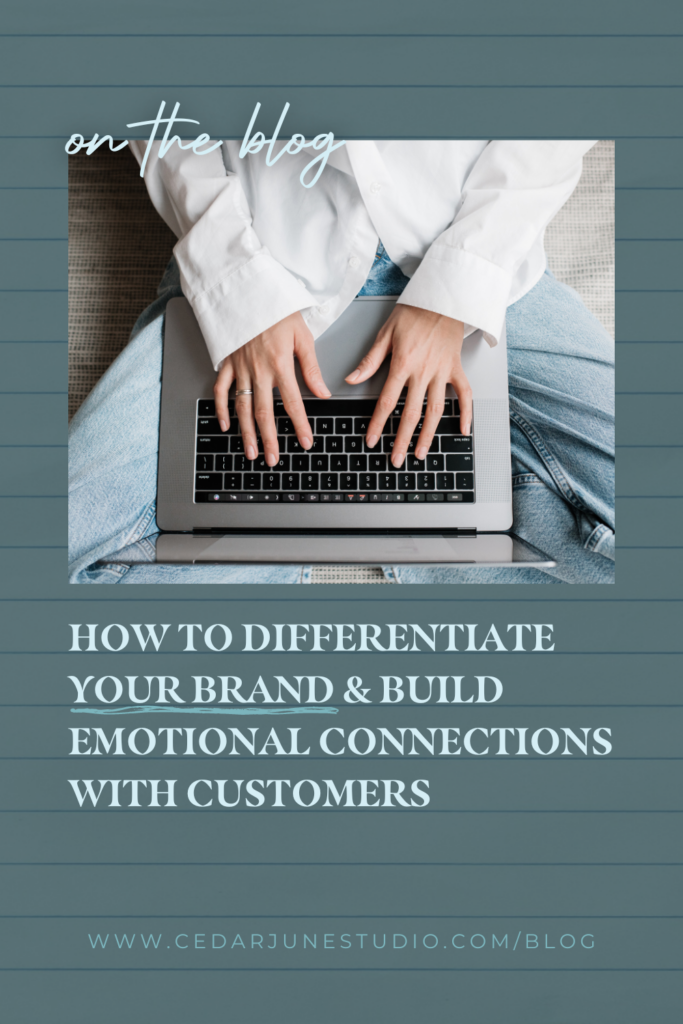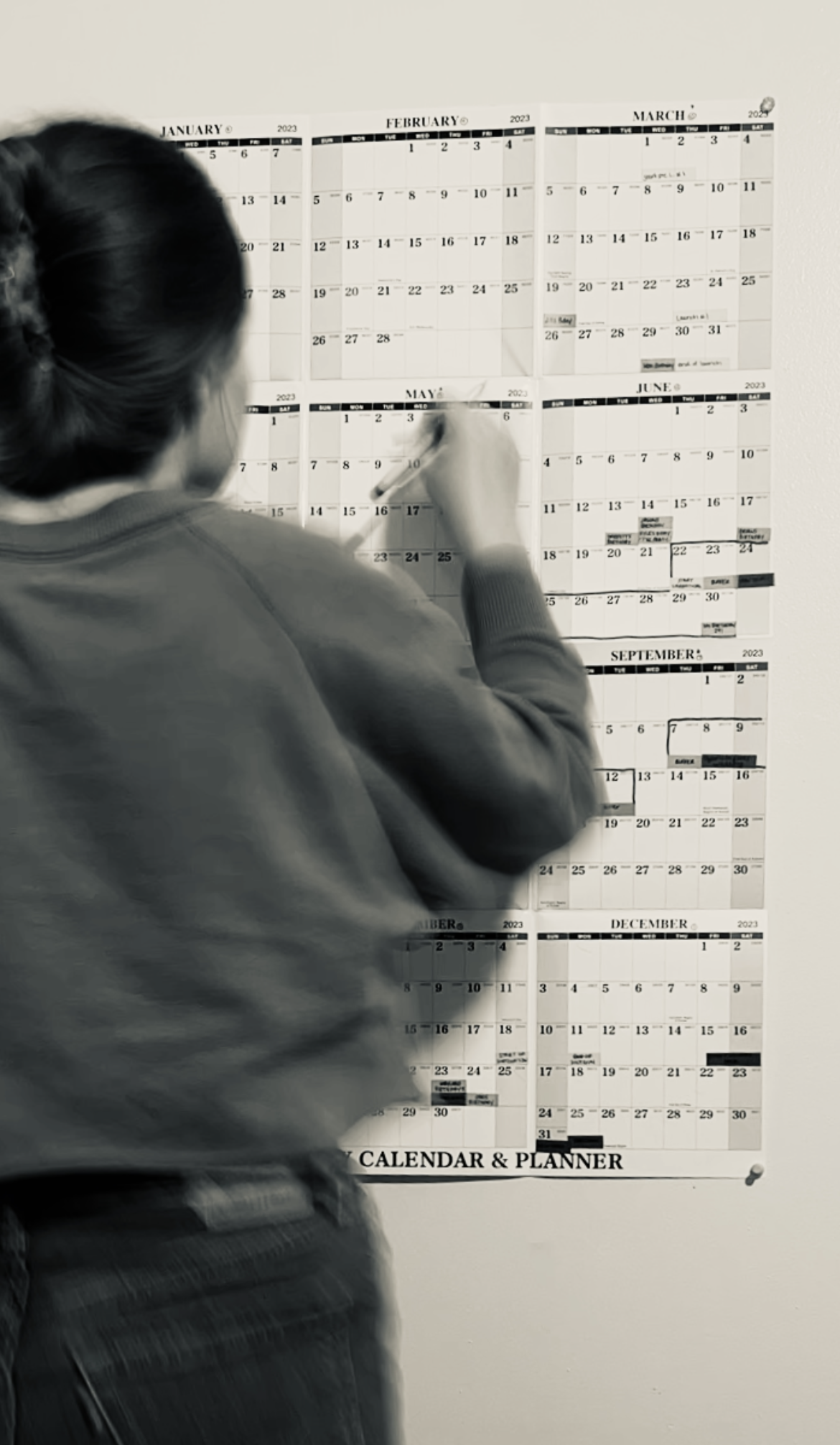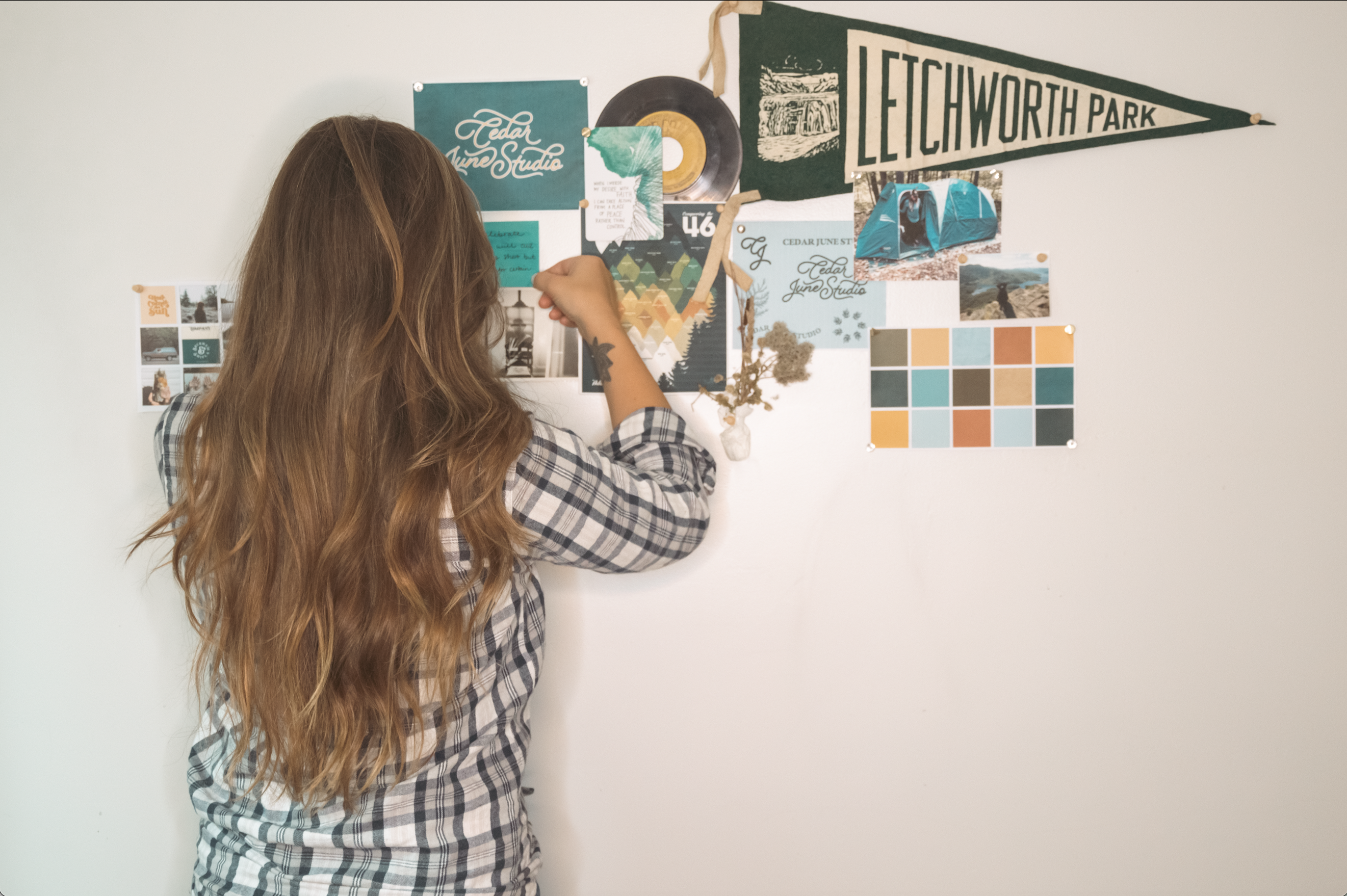THE CJ BLOG
Note To Self
browse by CATEGORY
Planning
Marketing
Entrepreneurship
Brand Strategy
Brand Design
Websites
read
4 minute read
As a brand designer, one of the most important aspects of my job is helping you craft a brand messaging strategy that sounds like you and resonates with your ideal clients and customers.
Brand Messaging 101
Brand messaging allows you to differentiate your brand from your competitors and build emotional connections with your customers. It encompasses your brand’s tagline, mission statement, brand story, and other messaging platforms that convey its personality and values. Your messaging should align with your brand’s visual identity and communicate its unique value proposition (aka. that thing that makes you different in a good way).
Why is Brand Messaging Important?
Effective brand messaging is essential to building a successful brand. It can achieve three critical objectives:
- Creating brand awareness: Your brand’s messaging can help you broaden your audience and increase awareness of your brand. Developing messaging that resonates with your target audience can attract new customers and expand your reach.
- Building trust with your audience: Communicating a clear and consistent brand message can help establish credibility and develop stronger relationships with your customers. You can build trust and establish a lasting connection with your audience by sharing your brand’s values, mission, and unique value proposition.
- Building loyalty with your clients and customers: Your brand messaging can help you foster a sense of loyalty with your target audience. By creating an emotional connection, you can encourage your clients and customers to keep coming back for more.
Remember that developing your brand’s messaging is an ongoing process. As your brand grows, you will have new stories to tell. Stay true to your brand’s values and mission, and consistently update your messaging as your business evolves and you learn more about your audience.
How to Create an Effective Brand Messaging Strategy
To create an effective brand messaging strategy, follow these steps:
Step One Identify Your Target Audience:
Determine your target audience and what motivates them. The key is to steal the golden nuggets from your ideal client/customer/audience’s mouth. Research your audience and gather notes on how they describe the problem (that you solve). You can do this by asking for feedback, sending out surveys, posting questions in your Instagram stories, reading online forums and book reviews, and even scheduling a Zoom call or coffee date to interview your ideal customer or a past client you loved getting to work with.
Step Two Establish Your Brand Values:
Establish your brand’s and audience’s values; how do they align and support each other? Find ways to weave these values into your messaging or website copy – you can even create a social media post about your brand’s values and why each value is important to you.
Step Three Define Your Brand Voice:
How does your brand sound? Is it friendly, confident, or cheeky? Defining your Brands voice is the key to designing a Brand that sounds like you. Suppose you (the face behind the brand) are the only one writing the content and copy for your brand. In that case, this is second nature, but when it is time to bring on additional help to your business, articulating your Brand Voice to your team will help build sustainably without losing the essence of your voice.
Step Four Craft a Brand Story:
The secret to crafting an influential Brand Story is that you are not the hero in the Story; your ideal client is. In his book (Title here), (author here) applies his Brand Story framework. Movies like Star Wars help you understand how to talk about yourself like you are Yoda and your customer like they are Luke Skywalker. Your Brand Story aims to create you-facing messaging that speaks directly to someone instead of about yourself.
Step Five Create a tagline:
When creating a tagline, it is important to focus on what sets your brand apart from competitors. A good tagline should be concise but also memorable and attention-grabbing. Consider the benefits your brand provides customers and how you can communicate that in a way that resonates with them. Additionally, think about the emotions you want your tagline to evoke and how it can connect with your target audience. Remember, your tagline is often the first thing potential customers will see and can play a big role in shaping their perception of your brand.
Step Six Write Your Brands Stories:
Storytelling never goes out of style. It is a tried and tested way to connect with your audience and to build trust. It is said that people remember stories more than they remember facts, so by telling compelling stories about your brand, you can create a lasting impression on your clients. To tell your brand’s Story, you can: share how you founded your brand, highlighting the passion and dedication that went into starting the business. Founding stories connect with your audience emotionally and showcase the challenges and rewards of starting a new venture. Focus on how your products or services have helped clients achieve their goals or overcome challenges. Highlight specific examples to demonstrate the value of your brand and build trust with potential customers.

Following these steps, you can create a brand messaging strategy that resonates with your ideal clients and customers and sets your brand apart from competitors. By identifying your target audience, establishing your brand values, defining your brand voice, crafting a brand story, creating a tagline, and writing compelling brand stories, you can create messaging that resonates with your ideal clients and customers and sets your brand apart from competitors. Effective brand messaging can help you achieve critical objectives such as creating brand awareness, building trust with your audience, and building loyalty with your clients and customers. Remember to continuously review and refine your messaging to remain consistent and relevant to your target audience. By following these steps, you can develop a brand messaging strategy that helps you build a strong and loyal following.

category title
read more →
April 17, 2023

social, inspo & sound →
subscribe
BLOG
RESOURCES
BACK TO TOP ↑
spam is so not on brand, unsubscribe at any time
CONTACT
ATTICA - NEW YORK | POWERED BY SHOWIT | SITE DESIGN BY CEDAR JUNE STUDIO
home








